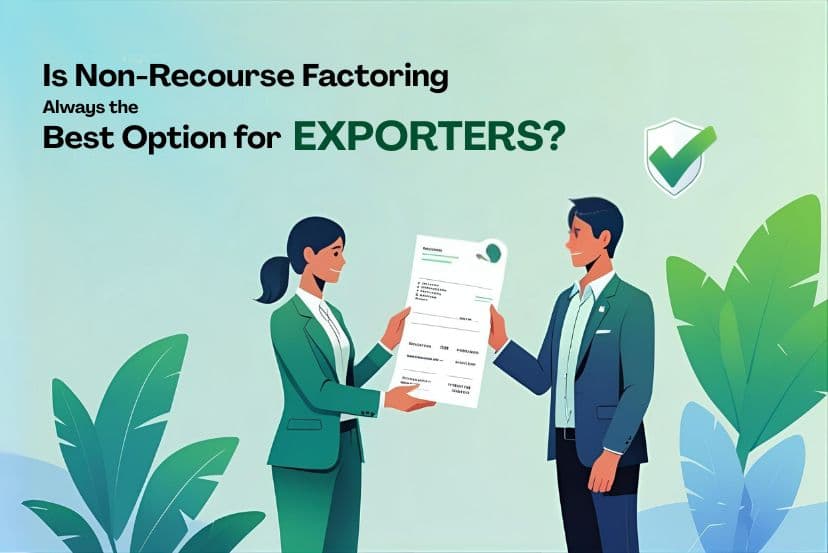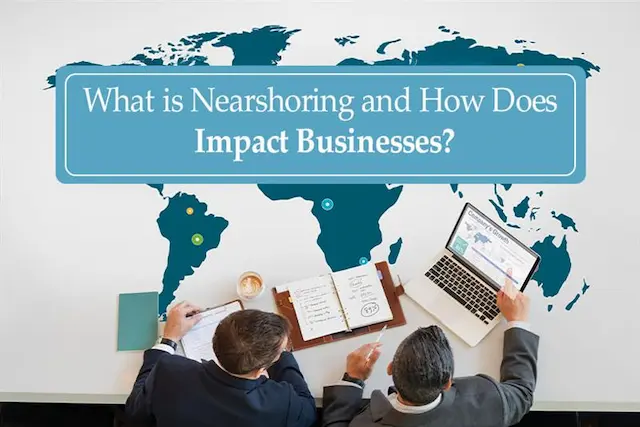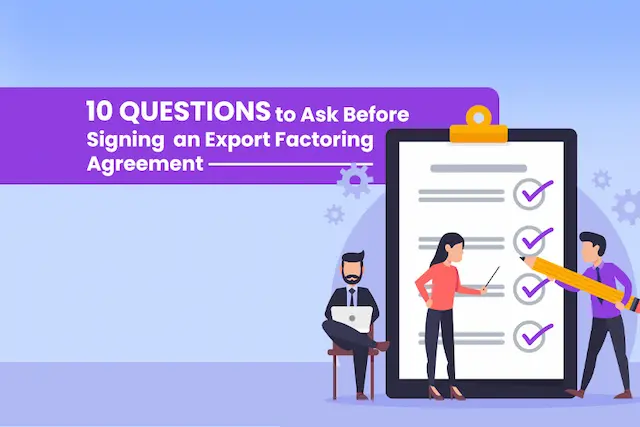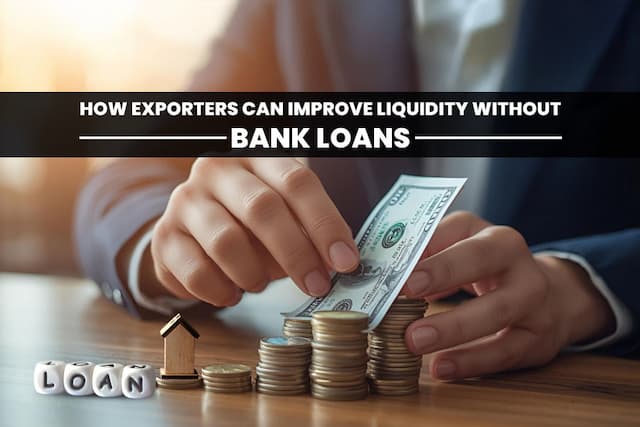Exporters in the world market frequently face circumstances involving uncertain payment timing, enforcement of foreign legal systems’ contracts, and the risk of default from buyers. Non-recourse factoring is a financial service that exporters often sell as a solution to cash flow issues while also providing some degree of export risk coverage, with a fee to cover the cost of the service. This guide will examine non-recourse factoring as a service, ultimately evaluating the pros and cons for exporters in international trade.
What Is Non-Recourse Factoring?
The exporter presents its invoices through a non-recourse factoring technique and then receives/could receive from the factoring company a percentage of the invoice amount (maximum of 90%) in a short time frame. Most importantly, the factor assumes the entire risk of buyers not paying due to their insolvency or the events outlined in the non-recourse agreement. That is, if the overseas buyer defaults, the exporter has no potential liability to the factor.
How Does Non-Recourse Factoring Work?
To appreciate its utility, it is imperative to outline the sequential steps:
- Invoice Submission: After the exporter sends the goods or services, he shares the invoice with the factoring company.
- Verification: The factor evaluates the creditworthiness of the buyer and the validity of the invoice.
- Advance Payment: If acceptable, the factor advances the exporter a large part of the value of the invoice, providing an immediate cash flow.
- Collections: The factor deals with collections and gets paid by the buyer.
- Assume Risk: If the buyer defaults on payment due to insolvency, the factor’s loss is the factor’s, not the exporter’s.
- Final Settlement: Following the buyer’s payment, the factor remits the remaining funds to the exporter with fewer fees.
For exporters selling to an international buyer, the process is even more valuable, as legal recourse and collections can be tough56.
Key Benefits of Non-Recourse Factoring
Non-recourse factoring includes a whole suite of benefits that can be game-changing for exporters. Here’s a summary of key benefits:
- Total Credit Protection: The factor undertakes the risk of insolvency by the buyer, which protects the exporter from bad debts and unexpected losses.
- Immediate Working Capital: Exporters receive a portion of the invoice value upfront. It can be used to support growth and operations.
- Reduced Receivables Management: The factor manages collections and monitors the credit of buyers, which reduces administrative tasks and frees up resources.
- Market Expansion: Exporters can safely grant credit to a new or international buyer while reducing risk, thereby enabling market growth.
- No Collateral: Most non-recourse factoring is unsecured. Thus, exporters do not have to pledge any assets.
Drawbacks and Limitations of Non-Recourse Factoring
Although non-recourse factoring provides exceptional protection, it may not be the best choice for certain scenarios. Let’s discuss the main disadvantages:
- Increased Costs: Non-recourse factoring charges higher fees than recourse factoring to reflect the additional risk for the factor.
- Lower advance rate: The percentage of upfront funds offered for advance may be slightly lower than that of recourse factoring.
- No Coverage for Exclusions: Non-recourse coverage is usually limited to buyer insolvency. Other issues, such as invoiced goods/services or other commercial issues, would not be covered.
- Longer Onboarding: The due diligence and approval process will generally take longer than recourse factoring, which may impact the timing of the funding.
Comparing Recourse and Non-Recourse Factoring
To differentiate the two factoring models and make a better trade decision, exporters must understand the fundamental differences. The table below provides an overview:
| Feature | Recourse Factoring | Non-Recourse Factoring |
| Default Risk | The exporter bears risk. | Factor bears risk. |
| Cost | Lower fees. | Higher fees. |
| Advance Rate | Often higher. | Sometimes slightly lower. |
| Buyer Qualification | Less stringent. | More stringent. |
| Collection Management | The exporter may be involved. | Factor handles. |
| Coverage | All invoices are usually eligible. | Only creditworthy buyers are covered. |
| Onboarding Speed | Faster. | More detailed, slower. |
This comparison points out that while non-recourse factoring delivers more coverage, it has a price, and eligibility is more commonly stringent.
When Is Non-Recourse Factoring the Best Option?
Non-recourse factoring is most valuable in certain situations. Here’s a short introduction and a few scenarios:
- Exporting to High-Risk Markets: A foreign buyer has a high chance of going bankrupt, and legal recourse is difficult, if not impossible.
- Limited Risk Appetite: Firms that cannot afford bad debts and are tight on cash flow will benefit the most from non-recourse.
- Dealing with New or Unproven Buyers: When dealing with customers you may not know, or buyers who have not proven themselves. In this case, it is comforting to have a “safety net.”
- Prioritising Operational Focus: When you and your firm want to concentrate on your operational responsibilities, and outsource your credit underwriting and collection.
When Might Recourse Factoring Be Preferable?
There are various circumstances in which the recourse factoring may be a better fit. These scenarios include:
- Reliability of the Exporter’s Buyers: Reliable buyers with a history of fulfilling payment obligations will significantly reduce default risk.
- Cost Sensitivity of the Exporter: Recourse factoring is usually a less expensive option than non-recourse factoring; therefore, recourse factoring is the right choice for an exporter who wants to keep financing costs as low as possible.
- Need for Flexibility and Speed: Normal recourse factoring can happen faster and without any restrictions or limitations.
The Credlix Advantage: Empowering Exporters
The most important element of finding export factoring solutions is the partner you choose. Credlix is a platform with a strong digital supply chain finance toolkit that provides export factoring solutions, including strong non-recourse options. If you partner with Credlix, you will get:
- Tailored non-recourse & recourse export factoring options.
- Access to working capital for invoices in over 90 countries.
- Detailed credit risk assessment and protection from credit risk.
As a partner, exporters will get more than financing from Credlix; they will have a strategic partner to manage risks, collections, and sustainable growth.
Final Perspective: Is Non-Recourse Factoring Always the Best?
Non-recourse factoring is a premium, powerful solution—especially for exporters working in uncertain markets or with a limited appetite for risk. However, it is not always the best option. The right solution depends on your risk tolerance and business objectives. With financing partners like Credlix available, exporters can find the most appropriate solution that strikes a balance between resilience, agility, and growth in the international marketplace.





